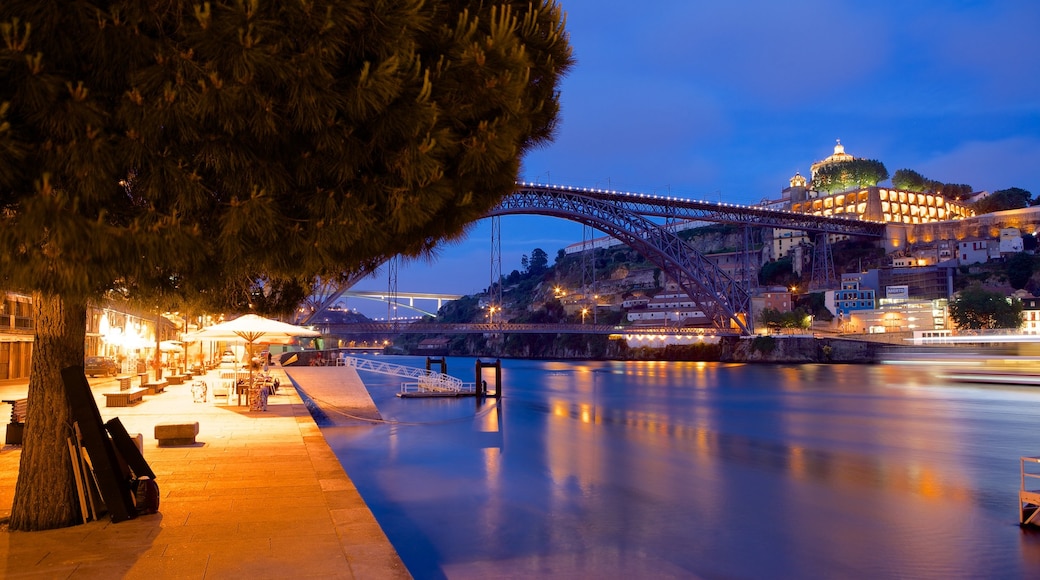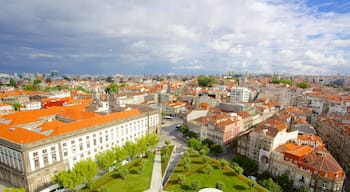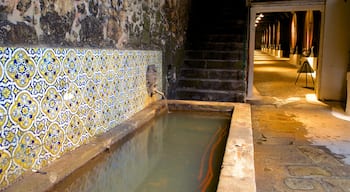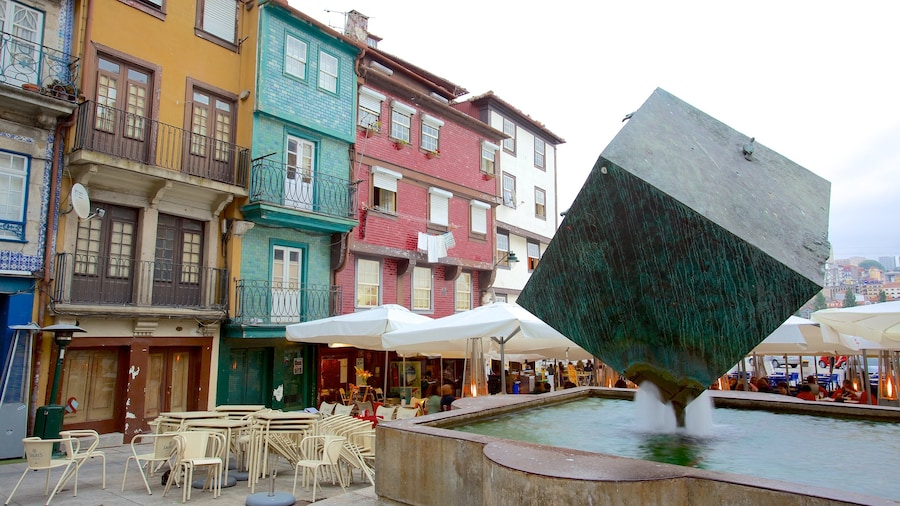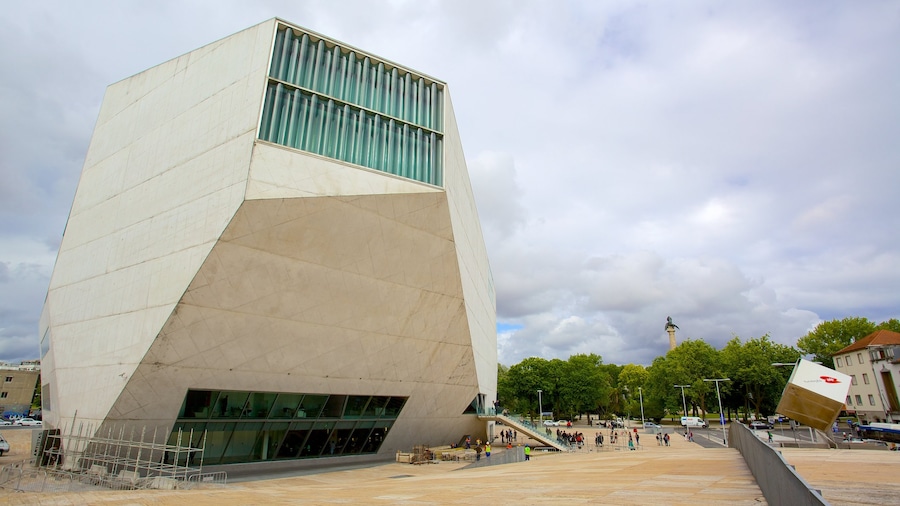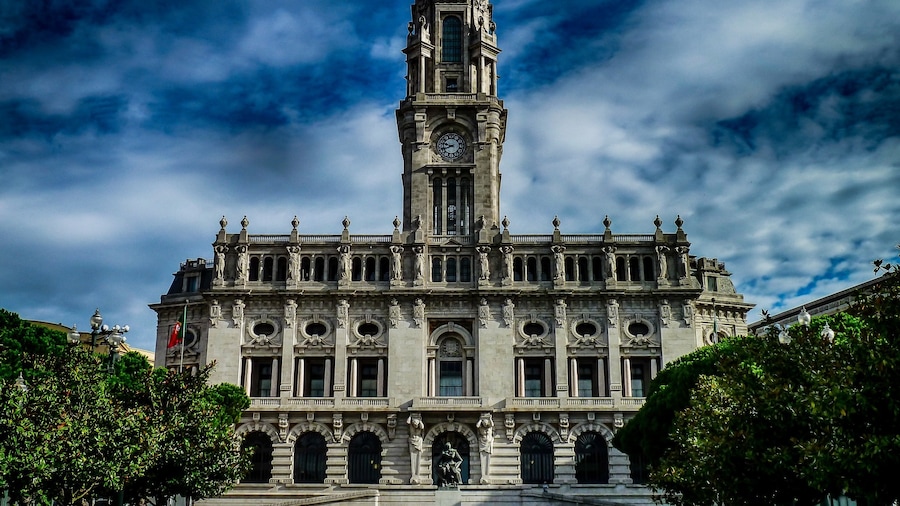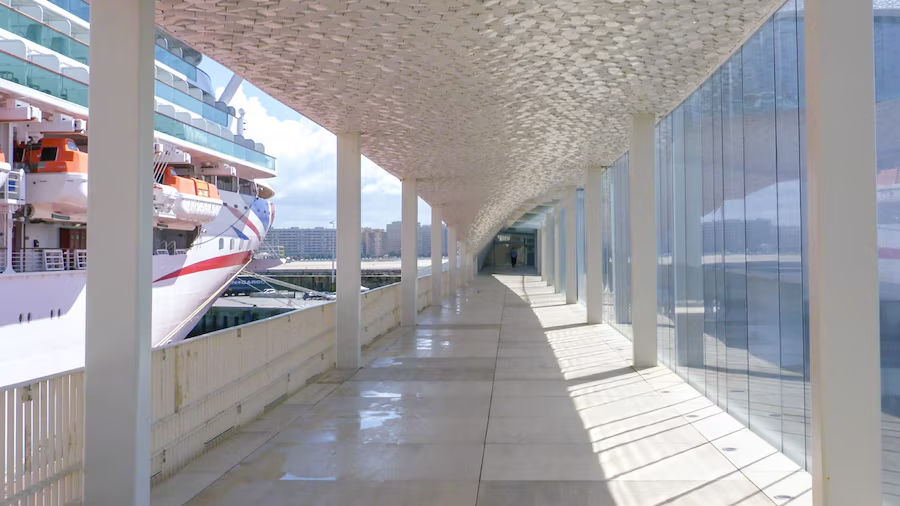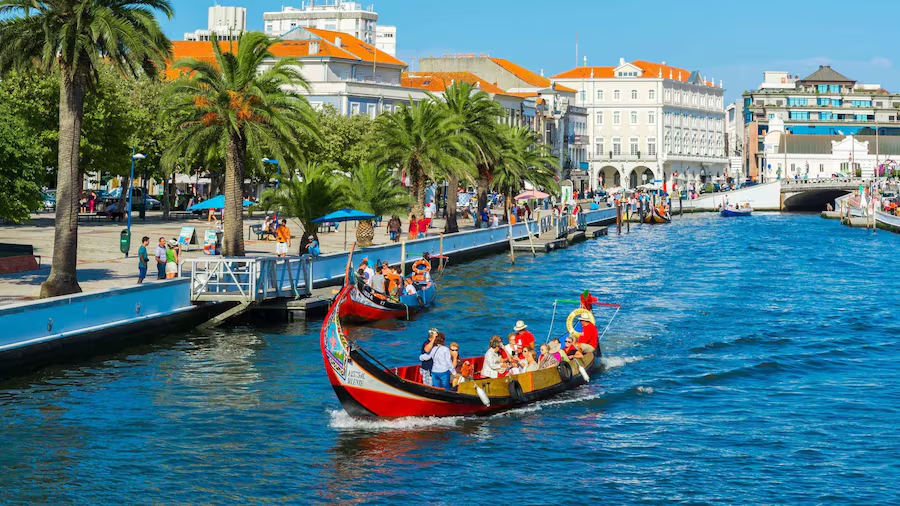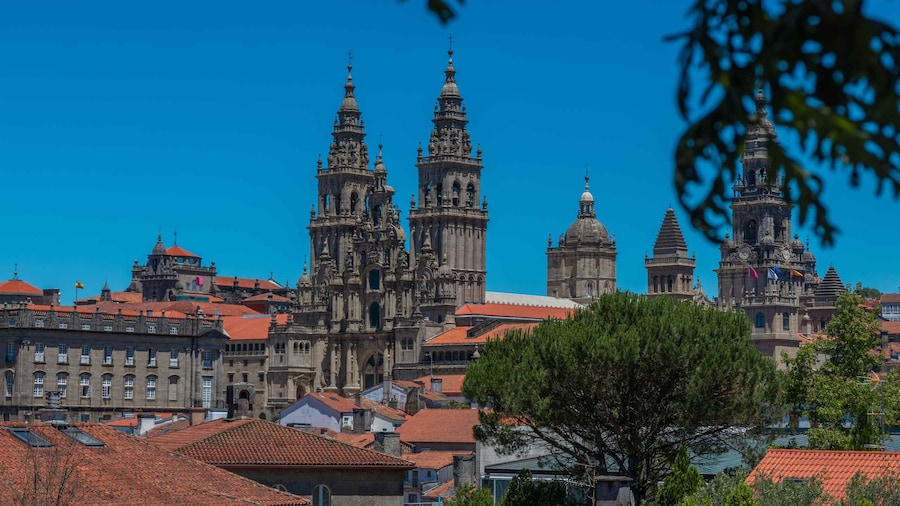Porto, a UNESCO World Heritage Site, is one ofEurope’s oldest and best-preserved cities. Set upon the steep banksof the Douro River, the city blends Old Worldcharm with a passion for fine wines.
For a look into the grandeur of Porto’spast, tour the ornate Palácio da Bolsa,the city’s 19th-century neoclassical stock exchange. Next door,you’ll find the Gothic Igreja de SãoFrancisco. In contrast to the church’s dark exterior,the interior is almost entirely covered in gold leaf.
Walk up the hill or take the cable-car railway toadmire the uniquely Portuguese mosaics called azulejos that adorn the cloisterwalls of the Sé do Porto and the nearbySão Bento Train Station. Be sure not tomiss the bookstore Livraria Lello &Irmão, a Porto institution considered one of the mostbeautiful shops in the world.
Closer to the Douro, step back in time as youwander the narrow passages of the Ribeiradistrict. The buildings in this medieval neighborhood are old and colorful, andthe streets teem with people. Enjoy Porto’s signature culinarydelights, tripas à moda (a tripe dish) or francesinha (a meatsandwich drenched in a beer sauce) at one of the many restaurants along theriver.
No trip to Porto is complete without experiencingport, the wine named after the city. Learn about the history of the wine tradeat the Port Wine Museum. Cross the toweringLuís IBridge to visit thearea’s many Port wine cellars. For a small fee, you can tour thecellars and sample some of the region’s best wines. If you have a fewhours, cruise down the river on a rabelo (wine cargo boat) to gaze up at theterraced vineyards that line the hills.
Driving in Porto is not recommended. Instead, usethe extensive metro, tram and bus networks. Be aware that many of the narrowlanes in Port’s older districts are accessible only by foot. Thisallows ample opportunity to study architecture and local culture as you explorethe area.
